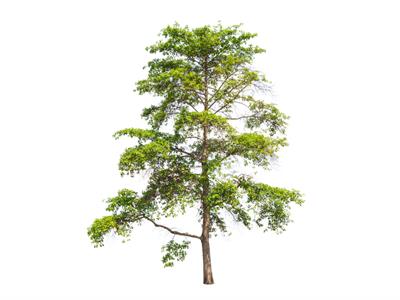
PUMPA - SMART LEARNING
எங்கள் ஆசிரியர்களுடன் 1-ஆன்-1 ஆலோசனை நேரத்தைப் பெறுங்கள். டாப்பர் ஆவதற்கு நாங்கள் பயிற்சி அளிப்போம்
Book Free DemoIn the previous unit, we discussed the various climates experienced in South America. Since the climate plays a major role in the vegetation of the region, the vegetation is not uniform throughout the continent. Other factors that determine the distribution of vegetation are geographic, soil, and sometimes anthropic (human-related) differences.
There are four main natural vegetation areas of South America as follows:
- The Amazon basin (the Selvas)
- The Eastern Highlands
- The Gran Chaco and
- The slopes of the Andes
The Selvas of the equatorial regions are called the “lungs of the world”. The Amazon rainforest is the largest of its kind in the world.
They have a large number of hardwood trees, such as mahogany and Ebony, which are very valuable. The other common species are Rosewood, Cinchona, and a variety of palm trees. The bark of the cinchona tree is used for making quinine - the drug to cure Malaria.

Cinchona tree
With growing population and various developmental activities such as the construction of transportation lines, human settlements, agriculture and wildfire have led to widespread deforestation and the gradual depletion of the Amazon rainforest. Environmentalists fear that this might lead to serious ecological disturbance in future.
The Eastern Highlands have a cooler, moister climate than the surrounding lowlands, supporting distinct plants and animals. The highlands also has many varieties of trees, which are of economic importance.
Yerba Mate is a small tree that is native to subtropical South America. The plant is harvested and brewed similar to tea to make a speciality beverage popular throughout South America.

Yerba Mate
Thick deciduous forests are found in the Gran Chaco region, and also, it has an important tree called Quebracho Tree (axe breaker). This tree yields tannin, an extract used for tanning leather.
Based on the vegetation and climate, South America is divided into six different regions:
1. Equatorial forest
2. Temperate forest
3. The Mediterranean forest
4. The Savanna Grassland
5. The Pampas Grassland
6. The Desert
We will deep dive into these areas in the upcoming lessons.